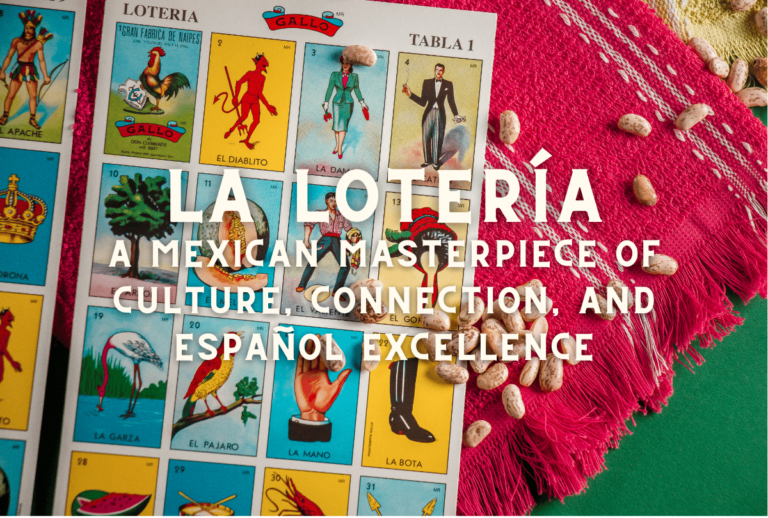Mexico City
December Celebrations in Mexico: Traditions Full of Joy (English)

English Spanish In Mexico, the December holidays are a time filled with traditions, family, and many celebrations. These festivities are known as the “Guadalupe-Reyes Marathon“, a fun way to refer to all the celebrations from December 12, the Day of…










